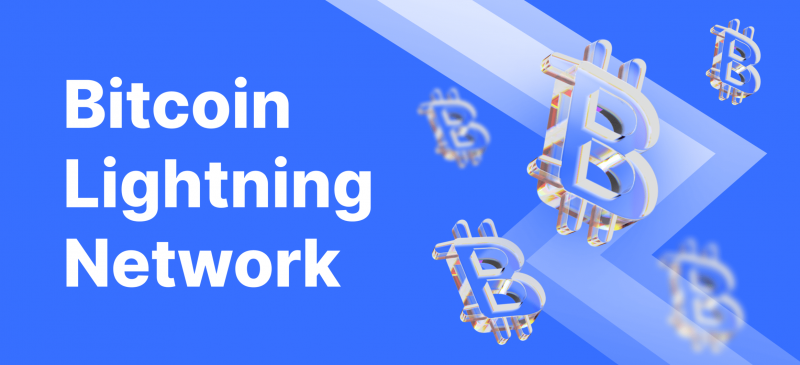What is the Lightning Network, and How Does it Help Scale Bitcoin?
The rise of Bitcoin has been revolutionary, but as its popularity grows, one challenge remains: scaling. Bitcoin’s blockchain is often slow and can only handle a limited number of transactions per second. This limitation has led to high fees and slower processing times, making Bitcoin less practical for everyday use, like buying a coffee or splitting a bill with friends. So, how can Bitcoin keep up with its growing demand? Enter the Lightning Network.
What is the Lightning Network?
The Lightning Network is a second-layer solution built on top of the Bitcoin blockchain. Think of it as a fast, off-chain payment system designed to make small transactions quicker, cheaper, and more efficient without congesting the main Bitcoin network. It allows users to create “payment channels” between themselves, where they can send and receive Bitcoin multiple times without every transaction being recorded on the blockchain.
Only the opening and closing of a payment channel are recorded on the main Bitcoin blockchain, while the individual transactions within the channel are handled off-chain. Once a channel is closed, the final balance is updated on the Bitcoin ledger. This significantly reduces the load on the blockchain, allowing it to handle more transactions per second.
How Does the Lightning Network Work?
Imagine two people, Alice and Bob, who frequently trade Bitcoin. Instead of waiting for each transaction to be confirmed by the entire Bitcoin network, they open a payment channel on the Lightning Network. Here’s how it works:
Open a channel
Alice and Bob each deposit some Bitcoin into a shared account (a multi-signature wallet) on the Bitcoin blockchain. This creates a payment channel between them.
Off-chain transactions
Once the channel is open, they can send each other Bitcoin as many times as they want. These transactions happen instantly and with minimal fees because they don’t need to be confirmed by miners on the Bitcoin blockchain.
Close the channel
When Alice and Bob are done transacting, they close the payment channel. At this point, the balance is recorded on the blockchain, reflecting how much Bitcoin each party has left.
The beauty of the Lightning Network is that it doesn’t just work between two people. If Alice has a channel with Bob, and Bob has one with Carol, Alice can send Bitcoin to Carol through Bob, without needing a direct channel with her.
How Does the Lightning Network Help Scale Bitcoin?
- Increased Transaction Speed: Bitcoin can only process around 7 transactions per second, while the Lightning Network can handle millions of transactions per second, making it much faster for day-to-day purchases.
- Lower Fees: On the Bitcoin network, miners are rewarded for processing transactions, and fees can be quite high during periods of high traffic. The Lightning Network, however, reduces the need for on-chain transactions, leading to minimal fees. This makes Bitcoin more affordable for microtransactions.
- Less Congestion: Since the Lightning Network moves transactions off the main blockchain, it reduces congestion on the Bitcoin network. With fewer transactions competing for confirmation, the main chain can focus on larger, more significant transfers.
- More Scalability: The Lightning Network helps Bitcoin scale by allowing more transactions to occur off-chain, meaning Bitcoin can handle far more users without slowing down or getting bogged down by high fees.
Real-World Use Cases
The Lightning Network is already being used in various ways, from tipping content creators to buying everyday goods. Businesses that rely on small, frequent payments, like coffee shops or digital content platforms, benefit greatly from its speed and low transaction costs.
Moreover, many Bitcoin wallets and exchanges are now integrating the Lightning Network to provide users with faster and cheaper ways to transact, bringing Bitcoin one step closer to being used for everyday purchases.
Conclusion
The Lightning Network is a game-changer for Bitcoin. By allowing faster, cheaper, and more scalable transactions, it unlocks Bitcoin’s potential to be used as a true peer-to-peer digital currency. While Bitcoin remains a powerful store of value, the Lightning Network enables it to function more effectively as a medium of exchange, making everyday transactions possible without the delays and high costs associated with the base blockchain.

